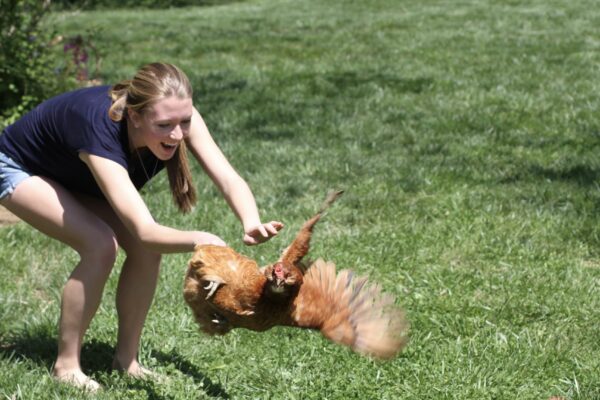What to cut, and what not to cut—that is the question. Yesterday we celebrated Finley’s birthday by cutting invasive vines from the forest—remembering how she would pick up clippers and head out to the woods when she had a few spare hours.
Starting in an isolated, small woody area just outside our kitchen window where Japanese Honeysuckle, Wild Rose, and Bittersweet climb their way up and around almost every trunk, we found clipping these vines extremely satisfying and almost addictive. Today, in preparing this post to help our followers identify the various invasive species in our local wood we learned a couple things that would have been good to know yesterday.
First, Wild Grape is not invasive. In fact, it is an important species in Virginia’s forests as many species of birds use their shredded, exfoliating bark for making nests and they don’t gird the trees like the non-native vines, Bittersweet and Japanese Honeysuckle. Fortunately though we did give the one giant vine of Wild Grape a good lopping, we didn’t remove it completely, and will look at it differently from now on.
And second, the trees we so carefully rescued from choking vines turn out to be invasive themselves! Paper Mulberry’s were brought to the US from Japan in the mid 1700’s for their ability to establish a quick shade. So in our little wood of Paper Mulberry, Honeysuckle, Bittersweet, Wild Rose, Wineberry, and Wild Grape—the only native species is the Wild Grape!
Vines from Left to Right:
Japanese Honeysuckle on Paper Mulberry, Wineberry, Wild Grape stem & Trunk, Japanese Honeysuckle (2), Bittersweet




